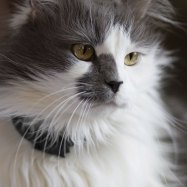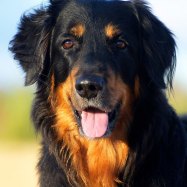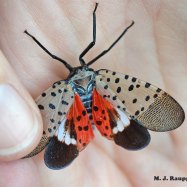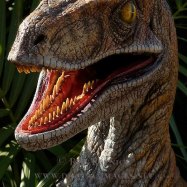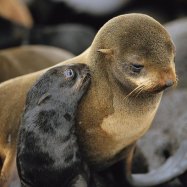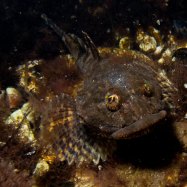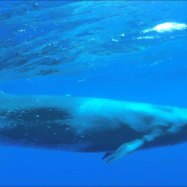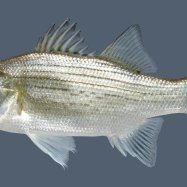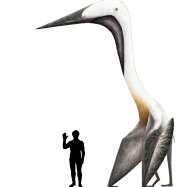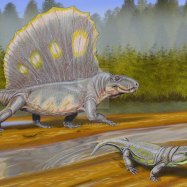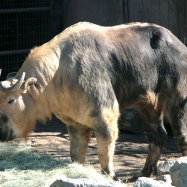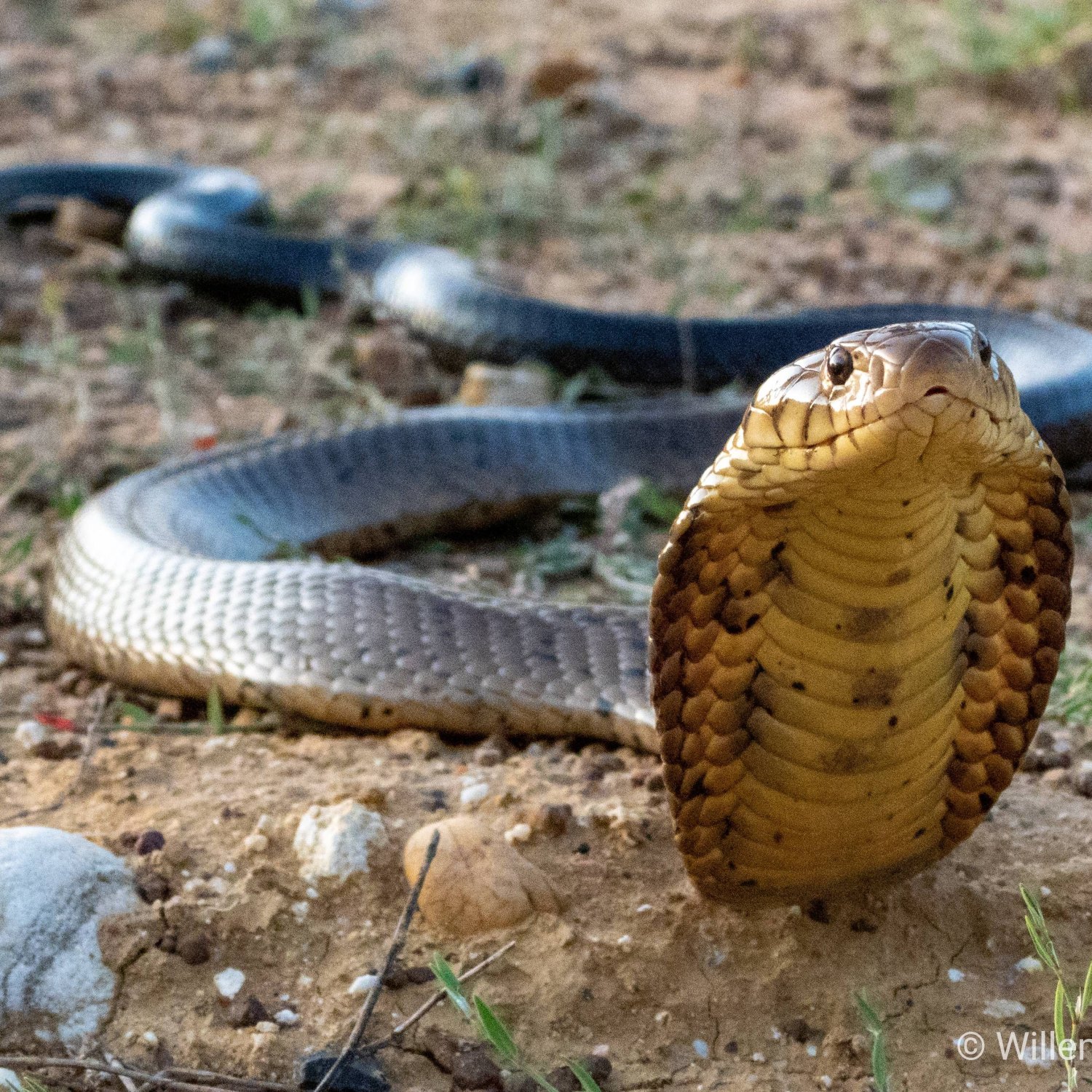
Forest Cobra
Up to 10 feet
The forest cobra, native to Africa, is a venomous snake with a sleek, elongated body that can reach up to 10 feet in length. Belonging to the Elapidae family, it is known for its hooded appearance and potent venom. Keep a safe distance and admire this striking creature from afar in its natural habitat.
Animal Details Summary:
Common Name: Forest Cobra
Kingdom: Animalia
Habitat: Tropical and subtropical forests
The Fascinating Forest Cobra: A Deadly Beauty of the African Forests
Deep in the tropical and subtropical forests of Central and Western Africa lies a deadly beauty – the Forest Cobra. With its sleek and elongated body, striking coloration, and swift movements, this creature commands a certain presence in its natural habitat. Also known by its scientific name Naja melanoleuca, the Forest Cobra is a member of the animal kingdom, phylum Chordata, and class Reptilia. It belongs to the order Squamata and the family Elapidae, making it a close relative of other venomous snakes such as the King Cobra and the Black Mamba Forest Cobra.In this article, we will take a closer look at the magnificent Forest Cobra, its various features, and its role in the ecosystem.
A Deadliest of Creatures
The Forest Cobra is a formidable predator, with its powerful venom being its primary weapon. Its venom is highly potent, neurotoxic, and can cause paralysis or death within hours if left untreated. This venom is used both for hunting and self-defense, making this snake a force to be reckoned with in its natural habitat.What makes this snake even more dangerous is its aggressive nature. Unlike other snake species that tend to avoid humans, the Forest Cobra is known to be more confrontational and will readily strike when threatened. It can also become highly territorial, especially during breeding season or when competing for food and shelter.
A Deadly Hunter
As a carnivorous species, the Forest Cobra feeds on a variety of prey, including rodents, birds, lizards, and other snakes. Its slender body and long tail give it incredible speed and agility, making it a skilled hunter in its forest home Flour Beetle. It uses its keen senses, particularly its sense of smell, to detect prey and its venom to subdue it.Interestingly, these snakes also have specialized teeth that are used to grip and hold onto their prey. Their fangs are also longer and more highly positioned, making it easier for them to inject their deadly venom into their unfortunate victims.
A Wide Geographical Distribution
One can find the Forest Cobra in various countries in Africa, including Ghana, Cameroon, and Nigeria. It primarily inhabits tropical and subtropical forests, particularly those with dense vegetation and plenty of prey. Its geographical range extends from the forests of Central Africa to the forests of Western Africa, making it a widespread species on the continent.Their habitat is important not only for the Forest Cobra's survival but also for other species in the ecosystem. These snakes play a crucial role in maintaining the delicate balance of nature, and any disturbance to their habitat can have a significant impact on the entire ecosystem.
A Colorful Creature of the Forest
Unlike its close relatives, the Black Mamba and King Cobra, the Forest Cobra has a more striking and colorful appearance. Their body is predominantly black or dark brown, with distinctive white or yellow markings on their hood and throat, giving them a striking contrast. These markings are unique to each individual and are used for identification purposes, particularly during mating rituals and territorial disputes.Their unique coloration also provides them with excellent camouflage in their forest home, making them hard to spot by both prey and predators. This makes them an elusive and mysterious creature in the wild.
A Body Built for Survival
The Forest Cobra has a long and slender body, with some individuals growing up to 10 feet in length. The female cobras are typically larger than the males, and their size also varies depending on their geographical location and food availability. Their slim and elongated body helps them easily maneuver through the dense forests and their swift movements help them catch their prey.Another remarkable feature of the Forest Cobra is its ability to flatten its neck when threatened, giving it a cobra-like appearance. This is a defensive mechanism, used to intimidate potential predators and warn them of its deadly venom.
Conservation Status
While the Forest Cobra may not be considered an endangered species at the moment, it is still facing threats to its survival. The primary threat comes from habitat loss due to deforestation, which is happening at an alarming rate in many African countries. This not only affects the Forest Cobra but puts the entire ecosystem at risk.Another threat to the Forest Cobra is human persecution. Due to its venomous nature and aggressive behavior, these snakes are often killed by humans out of fear and misunderstanding. This has led to a decline in their population in some areas, and further conservation efforts are needed to ensure their survival.
Efforts to Preserve the Forest Cobra
Various organizations and authorities are working towards preserving the Forest Cobra and its habitat. One of the main conservation efforts is establishing protected areas such as national parks and reserves, where these snakes can thrive without human interference. Education and awareness programs are also being conducted to educate people on the importance of these creatures and their role in the ecosystem.Furthermore, snake farms have also been set up in some African countries to help reduce the illegal trade of these snakes. These farms not only serve as a source of antivenom, but they also provide people with an alternative income source, reducing the need to hunt or trade forest cobras.
In Conclusion
In conclusion, the Forest Cobra is a fascinating and deadly creature that calls the African forests its home. With its striking coloration, swift movements, and potent venom, it commands respect and fear in equal measures. While its aggressive nature and venom make it a formidable predator, it also faces threats to its survival due to habitat loss and human persecution.It is essential for us to understand the role that these creatures play in maintaining the balance of nature and take active steps towards preserving their habitat and ensuring their survival. As humans, it is our responsibility to coexist with other species and protect them for the sake of our planet's biodiversity. So let us appreciate the remarkable Forest Cobra and work together towards its conservation.

Forest Cobra
Animal Details Forest Cobra - Scientific Name: Naja melanoleuca
- Category: Animals F
- Scientific Name: Naja melanoleuca
- Common Name: Forest Cobra
- Kingdom: Animalia
- Phylum: Chordata
- Class: Reptilia
- Order: Squamata
- Family: Elapidae
- Habitat: Tropical and subtropical forests
- Feeding Method: Carnivorous
- Geographical Distribution: Central and Western Africa
- Country of Origin: Various countries in Africa
- Location: Africa
- Animal Coloration: Black or dark brown with white or yellow markings
- Body Shape: Slim and elongated
- Length: Up to 10 feet
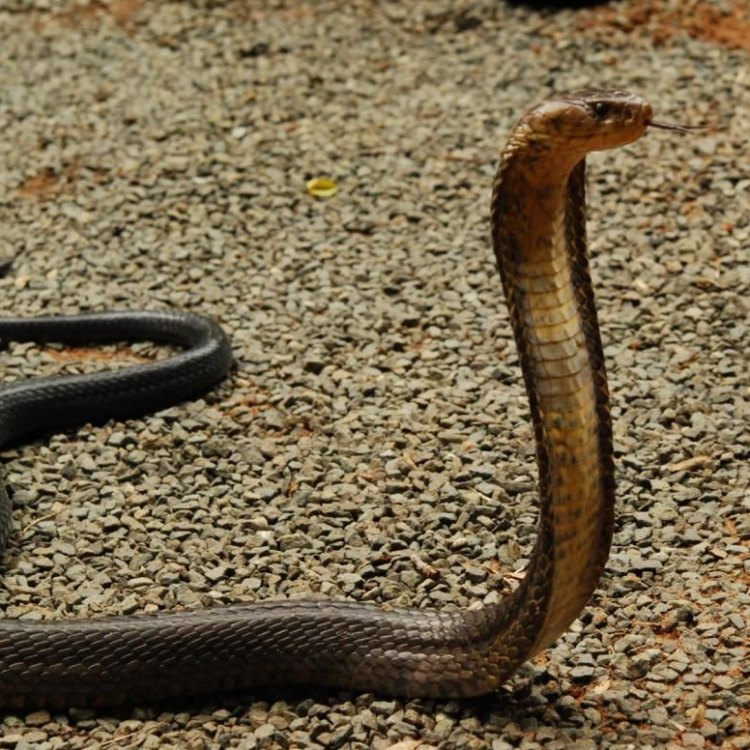
Forest Cobra
- Adult Size: Large
- Average Lifespan: 10-15 years
- Reproduction: Oviparous (lays eggs)
- Reproductive Behavior: Males engage in combat during mating season
- Sound or Call: Hissing sound
- Migration Pattern: Non-migratory
- Social Groups: Solitary
- Behavior: Mostly diurnal and highly venomous
- Threats: Loss of habitat and hunting
- Conservation Status: Least Concern
- Impact on Ecosystem: Plays a role in controlling rodent populations
- Human Use: Occasionally kept in captivity
- Distinctive Features: Hooded neck, venomous fangs
- Interesting Facts: Forest cobras are excellent climbers and can often be found in trees
- Predator: Humans, other large predators
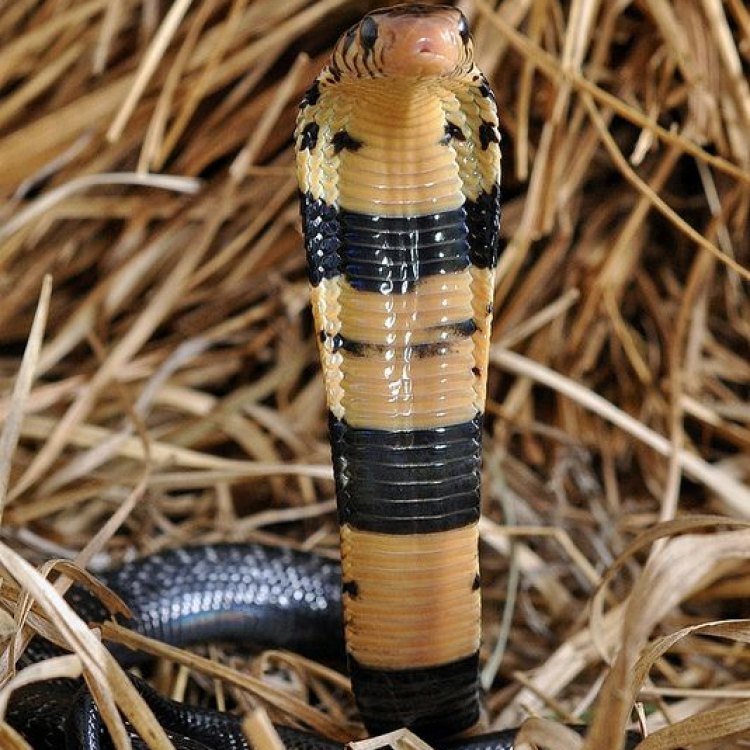
Naja melanoleuca
The Enigmatic Forest Cobra: Behold the King of the Forest Canopy
In the dense forests of sub-Saharan Africa, an elusive predator prowls the trees, stakes its claim, and reigns as the king of the forest canopy- the Forest Cobra. With its distinctive hooded neck, venomous fangs, and formidable size, this snake commands respect and fear in equal measures.The Forest Cobra, scientifically known as Naja melanoleuca, is one of the largest and most striking cobra species. It belongs to the family Elapidae, which includes other venomous snakes such as the King Cobra and Black Mamba PeaceOfAnimals.Com. Let's delve into the fascinating world of this mysterious creature and discover what makes it truly unique.
Size and Lifespan
As the name suggests, the Forest Cobra is a species that thrives in the dense forests and woodlands of sub-Saharan Africa, particularly in West and Central Africa. They prefer to live in areas with adequate water sources, which helps to regulate their body temperature.One of the most prominent features of the Forest Cobra is its large size. Adult specimens can reach an impressive length of up to 8 feet, with the largest recorded individual measuring 10 feet. They can weigh anywhere between 15-20 pounds, making them one of the heaviest venomous snakes in their habitat.
When it comes to lifespan, the Forest Cobra has a lifespan of 10-15 years in the wild. However, in captivity, they can live up to 20 years with proper care and nutrition.
Reproduction and Mating Behavior
The Forest Cobra is an oviparous species, which means that they lay eggs rather than giving birth to live offspring Ferret. Females typically lay anywhere between 15-20 eggs during the breeding season, which usually occurs in the dry season. This ensures that the eggs hatch when abundant food is available for the hatchlings.Interestingly, male Forest Cobras are known to engage in combat during the breeding season to compete for mating rights with females. This behavior is referred to as "ritual combat" and involves the two males rearing up and trying to overpower each other. The stronger and more dominant male is then able to mate with the female.
Call or Sound
The Forest Cobra's hissing sound is its primary means of communication. When threatened or feeling defensive, the snake will raise its body off the ground and flatten its neck into a hood, exposing its distinctive black and white markings. It will then hiss loudly, a warning sign to predators or anything approaching too closely.This hissing sound is produced by forceful exhalation of air through the snake's trachea, and it can be heard up to 30 feet away, making it an effective deterrent for potential predators or threats.
Migration Pattern and Social Behavior
Unlike some snake species, the Forest Cobra is not known for long-distance migration. They typically remain in their preferred habitat throughout the year, and studies have shown that they even use the same home range for multiple years.These snakes are solitary animals, meaning they prefer to live alone and only come together during the breeding season. However, there have been some observations of small groups of Forest Cobras sharing a den during the colder months, suggesting they may have some level of social interaction.
Diurnal and Highly Venomous Behavior
The Forest Cobra is a diurnal species, meaning it is most active during the day. They hunt for food, bask in the sun to regulate their body temperature, and engage in other activities during the daylight hours.Another defining feature of the Forest Cobra is its highly venomous nature. Their venom is primarily neurotoxic, meaning it affects the nervous system of their prey. This type of venom causes paralysis, and if left untreated, it can result in death. However, like most snakes, they will only use their venom as a last resort when they feel threatened or to subdue their prey.
Threats and Conservation Status
Despite being a formidable predator, the Forest Cobra is facing several threats to its survival. The primary threat is habitat loss due to deforestation and human encroachment. This destruction of their natural habitat leads to a decrease in prey availability, making it difficult for the snakes to survive.Another threat to their survival is hunting. Forest Cobras are often killed due to fear and misunderstanding, as people perceive them as a threat to their livestock and crops. Additionally, Forest Cobras are also hunted for their skin, which is used to make traditional medicine and their meat, which is a delicacy in some cultures.
However, despite these threats, the Forest Cobra is listed as Least Concern on the IUCN Red List, mainly because of its wide distribution and relatively stable population. There are also efforts in place to mitigate some of the threats to their survival, such as conservation programs and anti-poaching measures.
Impact on the Ecosystem
The Forest Cobra plays a vital role in its ecosystem by helping to control rodent populations. As an apex predator, it preys on rodents, which can cause destruction to crops and transmit diseases to humans. By keeping the rodent population in check, Forest Cobras contribute to maintaining the balance in their habitat.Additionally, Forest Cobras are also preyed upon by other large predators, such as monitor lizards, birds of prey, and other snakes. This makes them an essential part of the food chain in their ecosystem.
Human Use and Interesting Facts
Occasionally, Forest Cobras are kept in captivity for their striking appearance and for educational purposes. They are not commonly kept as pets, partly because of their venomous nature, but also because they require a specialized environment to thrive.One interesting fact about Forest Cobras is that they are excellent climbers and can often be found in trees. They can also swim, and it is not uncommon to find them crossing rivers and streams in their natural habitat.
Predators
As an apex predator, the Forest Cobra's main threat comes from humans. However, they also face predation from other large predators, such as monitor lizards, birds of prey, and other snakes. This constant danger keeps them alert and forces them to rely on their speed, agility, and venomous bite to defend themselves.In conclusion, the Forest Cobra is a fascinating and enigmatic species that plays a vital role in its ecosystem. With its remarkable size, distinctive hood, and venomous fangs, it truly is the king of the forest canopy. While facing threats to its survival, efforts are being made to conserve this majestic snake, ensuring its continued presence in the forests of Africa for years to come.
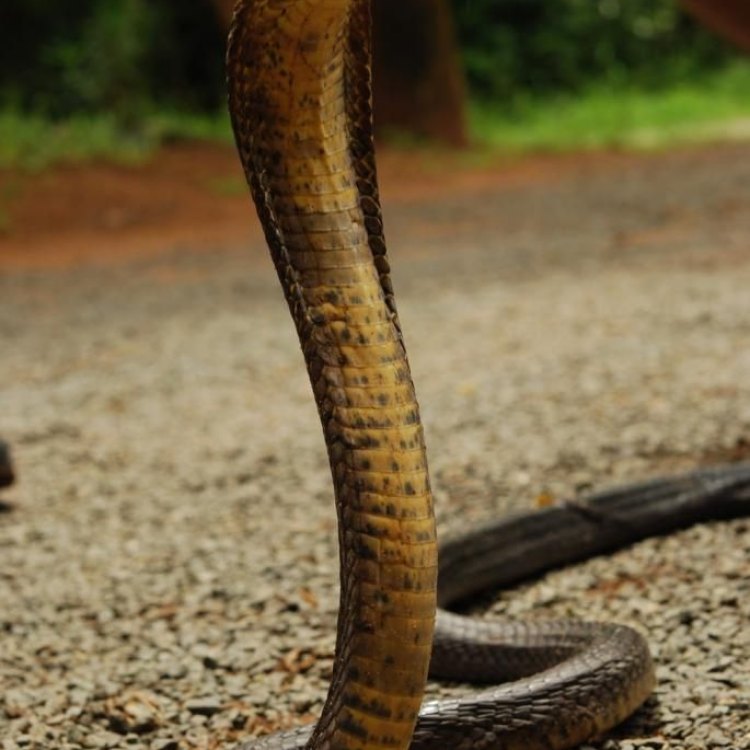
The Fascinating Forest Cobra: A Deadly Beauty of the African Forests
Disclaimer: The content provided is for informational purposes only. We cannot guarantee the accuracy of the information on this page 100%. All information provided here may change without prior notice.

